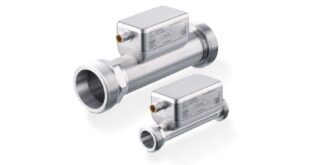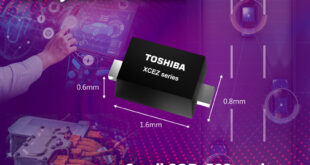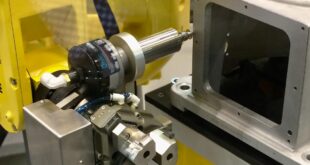The detached HD camera enclosure can be water and/or oil proof to accommodate severe outdoor environment conditions.
Higher resolution cameras are critical to accurate operation and great user experience. The detachable HD camera solution solves the following problems required by advanced vision systems:
* Provides high resolution, high frame rate, and low latency to capture and display an accurate image
* Performs under severe environments including those requiring water and oil-proof enclosures
* Delivers quick video streaming immediately after ‘snap-on’ connection of the rugged detachable camera
* The cable-less connection to the camera provides a safer environment for wearable applications by avoiding accidents from cables
getting interlaced with clothing or nearby objects
The Proof of Concept solution uses one of THine’s newest chipsets with a MIPI CSI-2 interface, which is a common output of high-resolution cameras, and outputs V-by-OneR HS video.

V-by-OneRHS signal
The V-by-OneR HS protocol is a standard developed by THine Electronics for video transmission up to 4 Gbits/second per lane for greater than 10 metres.
It uses a proprietary encoding scheme along with a clock data recovery-(CDR-) based serialiser/deserialiser (SERDES) technology.
A single Keyssa chip wirelessly transmits V-by-OneR HS with 60-GHz technology over about a centimetre, which penetrates plastics.
The system can operate with no compression-induced delay due to the high speed signal transfer capability of the Keyssa and THine technologies.
The Proof of Concept shows that the combination of these different technologies from Keyssa and THine will achieve these demanding requirements.
At CES 2019, Keyssa will demonstrate many unique solutions including this Proof of Concept.
“The impact will be significant when you think about the numbers of potential use cases for this solution. The gaming and AR industry have more than 12 million people that could use such devices.
Endo/laparoscopic surgery takes place more than 15 million times a year in the US,” said Tak Iizuka, Chief Solution Architect of THine.
Also, by enabling quick and smooth video streaming initialisation, the Proof of Concept allows unique system architectures, such as multiple Snap-on Cameras with one Contactless Interface, and one Snap-on Cameras with multiple Contactless Interfaces.
Applications include, but are not limited to, wearable/body-top devices for XR (AR/VR/MR), smartphones, tablet-type or lap-top computers, surveillance cameras, home/business security cameras, machine vision, document scanners, medical equipment, and automotive devices.
 Engineer News Network The ultimate online news and information resource for today’s engineer
Engineer News Network The ultimate online news and information resource for today’s engineer




